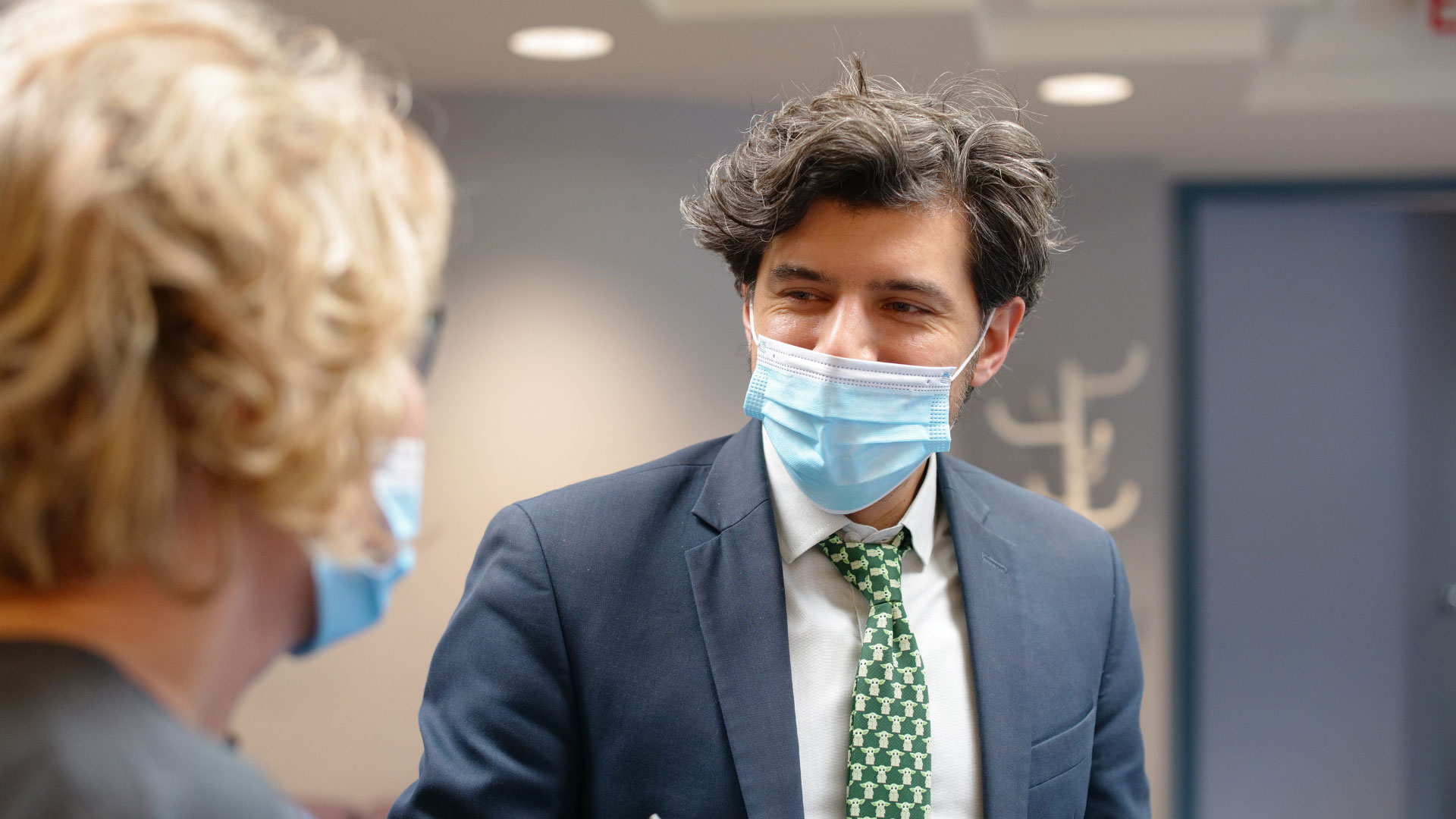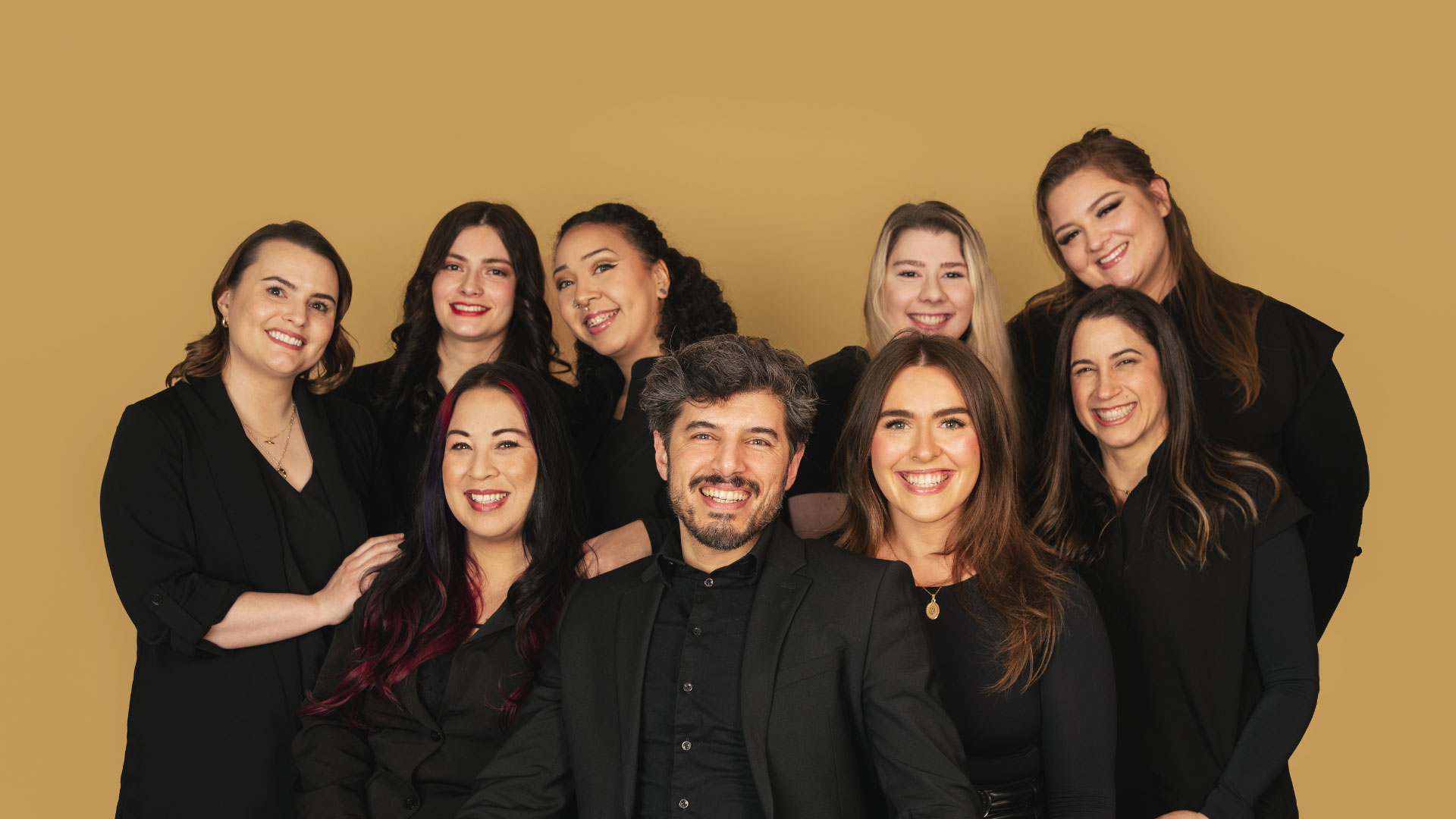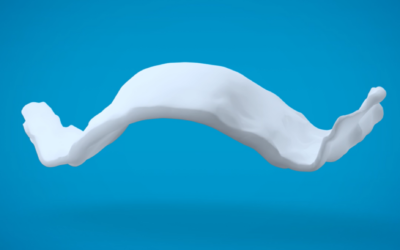As children grow and develop, their teeth and jaws go through a series of complex changes. During this crucial stage, interceptive orthodontics, also known as early orthodontic treatment, plays a vital role in ensuring proper dental and facial development. By addressing potential issues early on, orthodontists can prevent more severe or invasive treatments later in life and pave the way for a beautiful, healthy smile.
What is Interceptive Orthodontics?
Interceptive orthodontics is a proactive approach to orthodontic treatment that focuses on guiding the growth and development of a child’s teeth and jaws. The American Association of Orthodontists recommends that children receive their first orthodontic evaluation by age seven, when most of their primary teeth have erupted. At this stage, orthodontists can assess the development of the adult teeth and jaws, identify potential problems, and intervene if necessary.
The Main Reasons to Consider Interceptive Orthodontics
There are several compelling reasons why parents should consider interceptive orthodontics for their children. One of the primary benefits is its ability to prevent more severe orthodontic issues from developing. By intervening during a child’s growth and development phase, orthodontists can guide the proper growth of the jaws and teeth, potentially avoiding more invasive treatments later on, such as jaw surgery or tooth extractions.
Crowding and spacing issues are among the most common orthodontic problems, and they can lead to various dental health issues if left untreated. Interceptive orthodontics can create the necessary space for adult teeth to erupt properly, preventing crowding and ensuring proper alignment. Lack of space due to crowding can lead to various dental problems, including tooth decay and gum disease. Space maintainers can also be used to preserve the space for unerupted permanent teeth, preventing future alignment problems.
Interceptive orthodontics can also address airway problems and related sleep disorders early on by correcting jaw alignment and positioning teeth properly, which expands the airway and reduces the risk of issues like sleep apnea. This proactive approach may also help alleviate or diminish the severity of ADHD symptoms and associated behavioral problems. According to the American Journal of Orthodontics and Dentofacial Orthopedics, children with attention deficit hyperactivity disorder (ADHD) have shown to have higher chances of dental malocclusions, parafunctional oral habits, and more dental rotation compared to children without ADHD. By intervening at an early stage, interceptive orthodontics establishes proper jaw and dental development for an unobstructed airway, improving breathing, reducing parafunctional habits, sleep quality, and potentially mitigating sleep-related disorders and symptoms from conditions like ADHD.
Parafunctional habits are harmful oral habits children can have, such as thumb-sucking or tongue-thrusting, which can lead to significant dental and facial development issues if not addressed early. Interceptive orthodontics can correct these habits through the use of specialized appliances, allowing for proper jaw and tooth development.
Efficient treatment and early intervention can help with overall treatment time and complexities for future orthodontic needs. However, interceptive orthodontics can not only assist in reducing the need of corrective surgeries, but also minimizes the risk of trauma for children with protruding front teeth, corrects malocclusions, enhances dental health through easier maintenance of teeth alignment.
In addition to addressing functional concerns, interceptive orthodontics can also improve facial aesthetics by influencing jaw growth and development. By guiding the growth of the jaws, orthodontists can help achieve facial symmetry and a more harmonious appearance. Beyond just physical health benefits, there are mental health benefits to interceptive orthodontics. According to the Macedonian Journal of Medical Sciences, a study showed that orthodontic treatment could significantly increase mental health in clients and even improve multidimensional attitudes towards body image.
Finally, by addressing orthodontic issues early on, interceptive orthodontics can often reduce the overall treatment time and complexity of future orthodontic treatment such as the second phase of treatment during teenage years. This can help prevent issues that would need further treatment from myofunctional specialist, speech specialists, pathologists, and more. This can result in a more efficient and less invasive treatment process for the child as they reach adolescence and adulthood.
The Three Pillars of Interceptive Orthodontics
While the reasons to consider this approach are plentiful, interceptive treatment primarily centers on a few goals:
- Arch expansion to create room for incoming teeth and align the bite position.
- Space maintenance to prevent malalignment if a primary tooth is lost early, loss of space prevention, and overcrowding.
- Though various treatments and appliances; encouraging healthy growth and discouraging/removing parafunctional habits such as
- Mouth breathing
- Finger sucking
- Nail biting
- Tongue thrusts
- Clenching
- Grinding
By proactively addressing these areas during active growth years, orthodontists can lay the groundwork for optimal dental development. If you want to know more about the three pillars, check out our blog on The Importance of Interceptive Orthodontics.

The Two-Phase Approach
For some children, interceptive orthodontics is just the first phase of a two-phase treatment plan based on their personal growth and development plan. While phase one focuses on laying a solid foundation for adult teeth to erupt and the jaws to form properly, phase two is about refining the permanent teeth and their orientation to perfect the bite, creating a beautiful, healthy smile.
Interceptive orthodontics plays a pivotal role in ensuring the proper development of a child’s teeth and jaws. By addressing issues early on, orthodontists can create a solid foundation for a beautiful, healthy smile and reduce the need for more extensive and invasive treatments in the future. This proactive approach not only enhances oral health but also contributes to overall well-being and self-confidence.

Braces vs. Invisalign: Choosing the Right Treatment Option
When considering orthodontic treatment options, patients often have a choice between braces and Invisalign clear aligners. Braces consist of brackets bonded to the front surfaces of the teeth, connected by wires and elastic bands. This system exerts gentle pressure on the teeth, gradually moving them into their correct positions over time. Braces are highly effective in treating various orthodontic issues, including crowded teeth, gaps, and bite malalignments. While braces are noticeable, advancements in orthodontic technology have led to smaller, sleeker brackets and clear elastic bands that are less conspicuous than ever before. Patients with braces must adhere to a strict oral hygiene routine, including brushing and flossing around the brackets and wires to prevent plaque buildup and maintain good oral health.
Invisalign/clear aligners, on the other hand, offer a discreet and convenient way to straighten teeth using custom-made, clear plastic aligners. Virtually invisible when worn, clear aligners are preferred by patients who desire a more discreet orthodontic treatment option. The smooth plastic material of Invisalign aligners is comfortable to wear and less likely to cause irritation to the cheeks and gums compared to traditional braces. Clear aligners are also removable, allowing patients to eat, drink, brush, and floss with ease. This flexibility promotes better oral hygiene and minimizes dietary restrictions during treatment. While clear aligners are suitable for treating mild to moderate orthodontic issues, more complex cases may require braces for optimal results If you want to learn more about braces and clear aligners check out our other cornerstone blog, The Ultimate Guide to Braces and Clear Aligners.
Moreover, in interceptive orthodontics, there are additional devices utilized to enhance dental alignment and development in children. These include space maintainers and expansion devices, each serving specific functions in guiding jaw growth and correcting malalignments. Space maintainers help preserve gaps left by prematurely lost baby teeth, preventing neighboring teeth from shifting into the space. Expansion devices, like palatal expanders or maxillary skeletal expanders, widen the upper jaw to address crowding and create space for proper alignment. Also known as expander therapy, helps broaden the upper and lower arches of the mouth at an early age and helps prevent the need for tooth extraction later in treatment. These interventions in interceptive orthodontics aim to promote optimal dental development, mitigate future complications, and lay the foundation for a healthy, well-aligned smile.
Ultimately, the decision between different types of braces, devices, and clear aligners depends on various factors, including the patient’s orthodontic needs, compliance and tolerance to appliances, lifestyle preferences, and treatment goals. During a comprehensive orthodontic consultation, our experienced orthodontists at Daia Orthodontics & TMJ Orthopedics assess each patient’s individual case and recommend the most suitable treatment option to help them achieve a healthy, beautiful smile. By providing comprehensive information about interceptive orthodontics, we empower our patients to make informed decisions about their orthodontic care and embark on a journey to a confident and radiant smile. If you have any questions about braces, Invisalign/clear aligners, or interceptive orthodontics, don’t hesitate to contact our friendly team at Daia Orthodontics & TMJ Orthopedics. We’re here to guide you every step of the way on your path to a straighter, healthier smile.

At Daia Orthodontics & TMJ Orthopedics, we believe in the power of interceptive orthodontics and its ability to transform lives. Our experienced team is dedicated to providing comprehensive evaluations and personalized treatment plans tailored to each child’s unique needs.
If you have a child nearing the age of seven, we encourage you to schedule an orthodontic evaluation with Daia Orthodontics & TMJ Orthopedics to explore the benefits of interceptive orthodontics and set them on the path to a lifetime of smiles.




